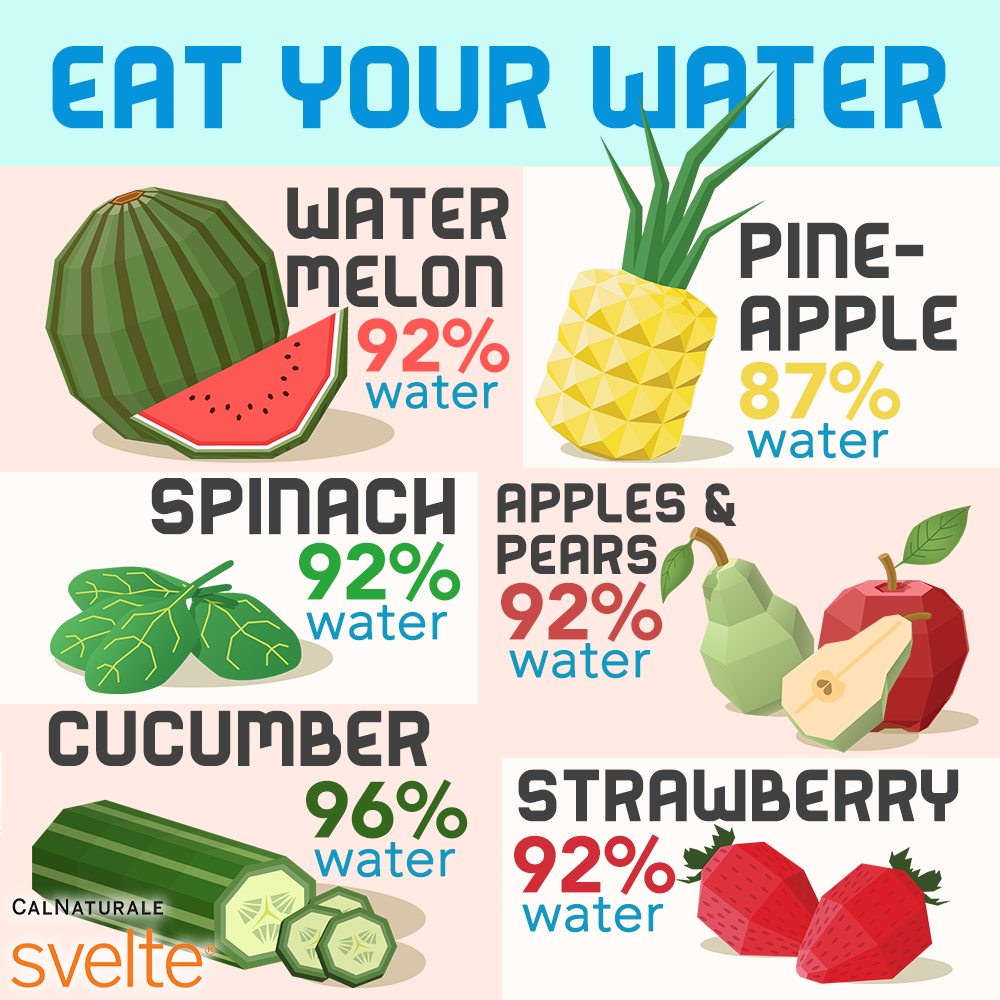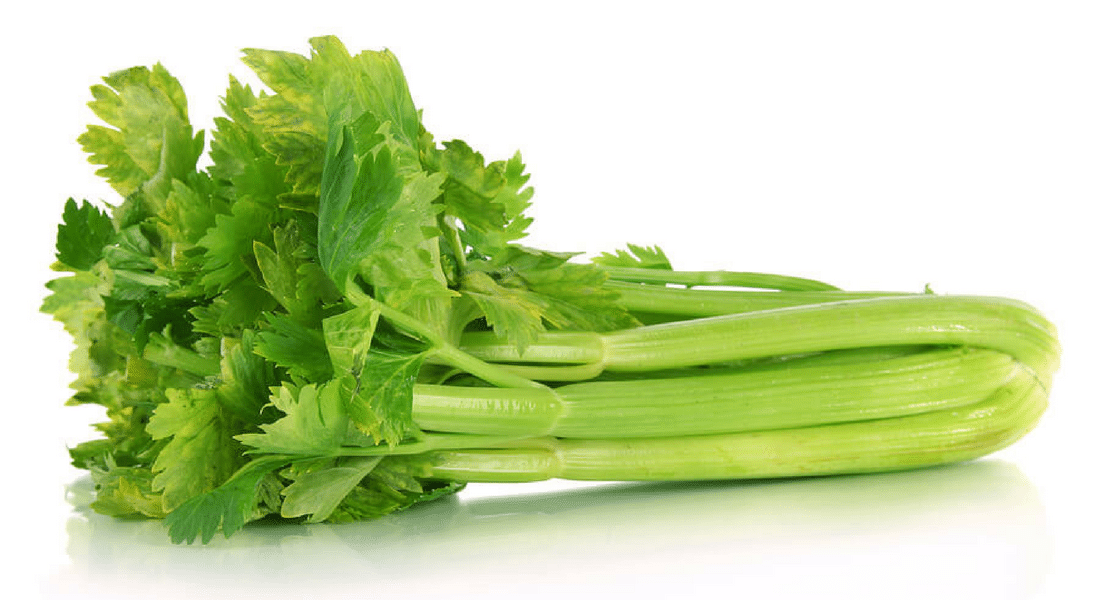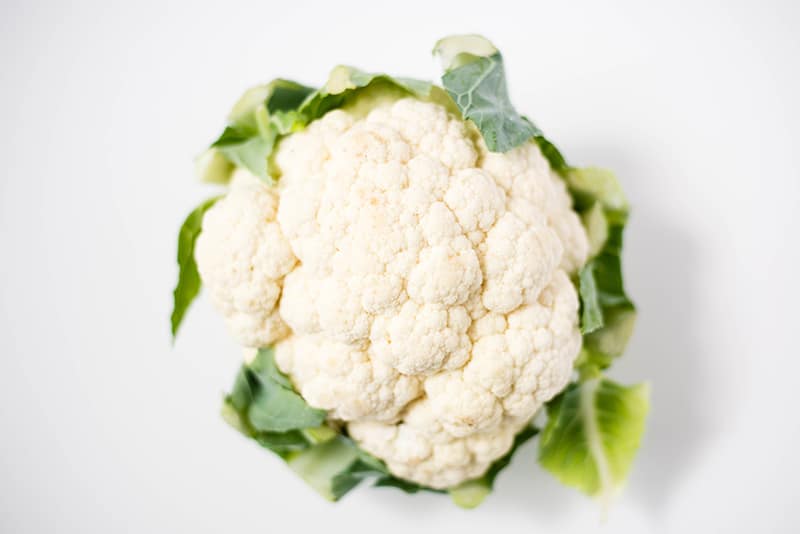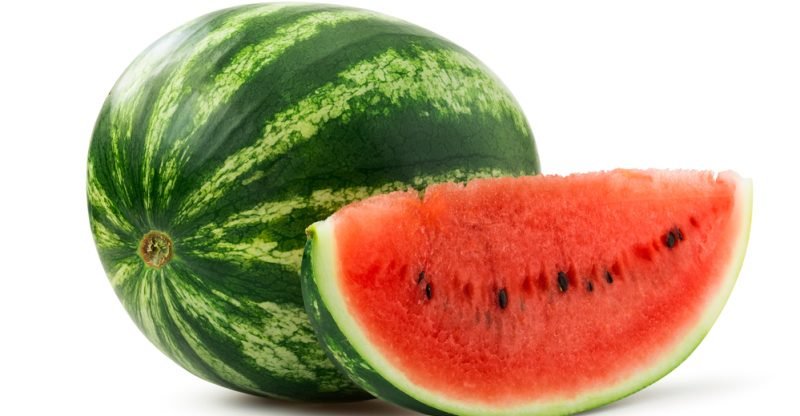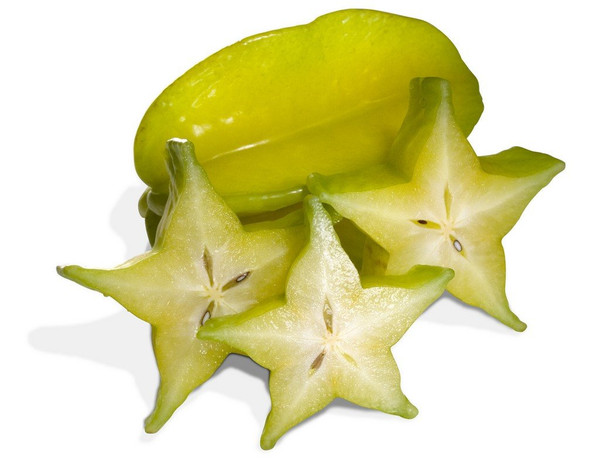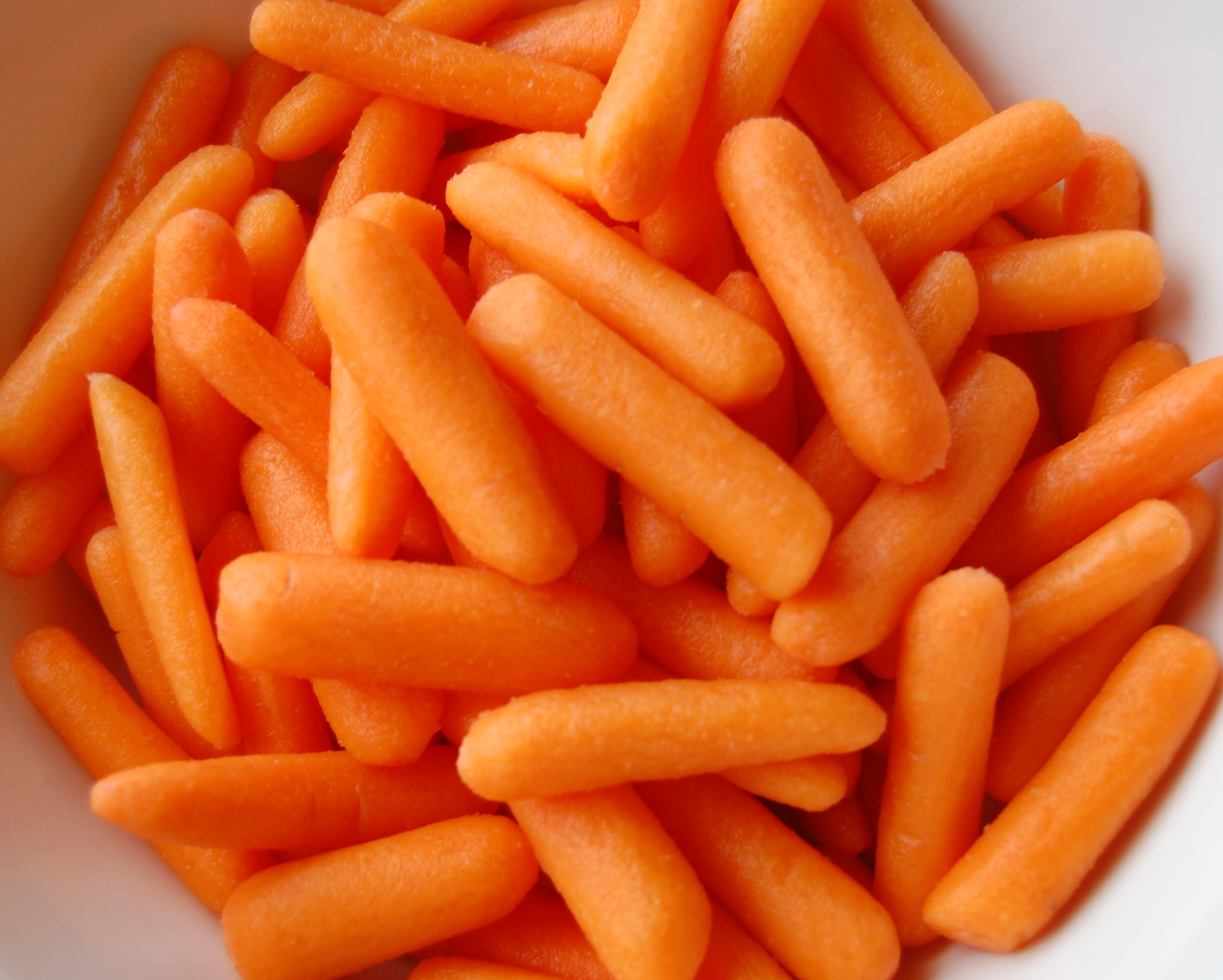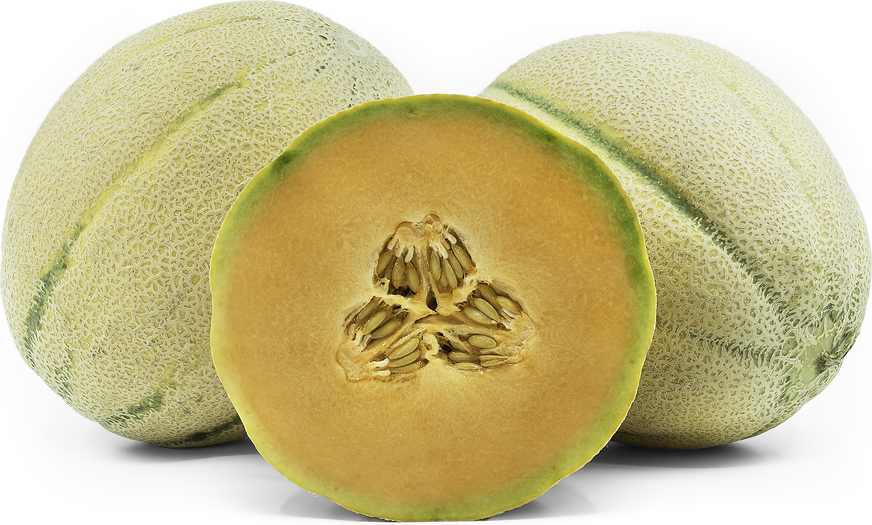The Most Beautiful Korean Actresses
List of the hottest, most glamorous and beautiful actresses
from Korea. Fans will also enjoy the the prettiest K-pop female idols,
the sexiest Korean actresses, and the hottest Korean models. Since the
late 1990s, South Korea has had a very robust and popular domestic film
industry. (This was due, in some ways, to the South Korean government's
"screen quota" policy, limiting the number of foreign films that can
play in Korean movie theaters in a given year, and thus forcing Korean
theaters to book more films made locally.) Naturally, this sudden
interest in Korean cinema has given rise to a new class of
internationally recognized, beautiful Korean actresses. Among the most
popular are Kim Yoo-jin (who goes by the stage name "Eugene" in the
West), a former Korean pop singer who has transitioned into a film and
TV actress, and Shin Min-a, a former model who featured in the martial
arts comedy Volcano High, later re-made by MTV with a cast of hip-hop stars.
Many of the most successful films on the Korean peninsula have made their way to Western audiences, including the action films Shiri and Joint Security Area,
bringing international acclaim and attention to numerous Korean
filmmakers for the first time in decades. Famous filmmakers such as Kim
Ki Duk (a favorite at film festivals) and Park Chan-wook (whose popular Vengeance trilogy includes the breakthrough hit Oldboy)
in particular have benefited from increased attention from
international audiences. These directors have helped raise awareness of a
number of celebrity women from Korea.
This gallery of hot South Korean celebrities includes photos of the most beautiful women on the peninsula. Vote up you favorites, and be sure to add anyone who is missing.















